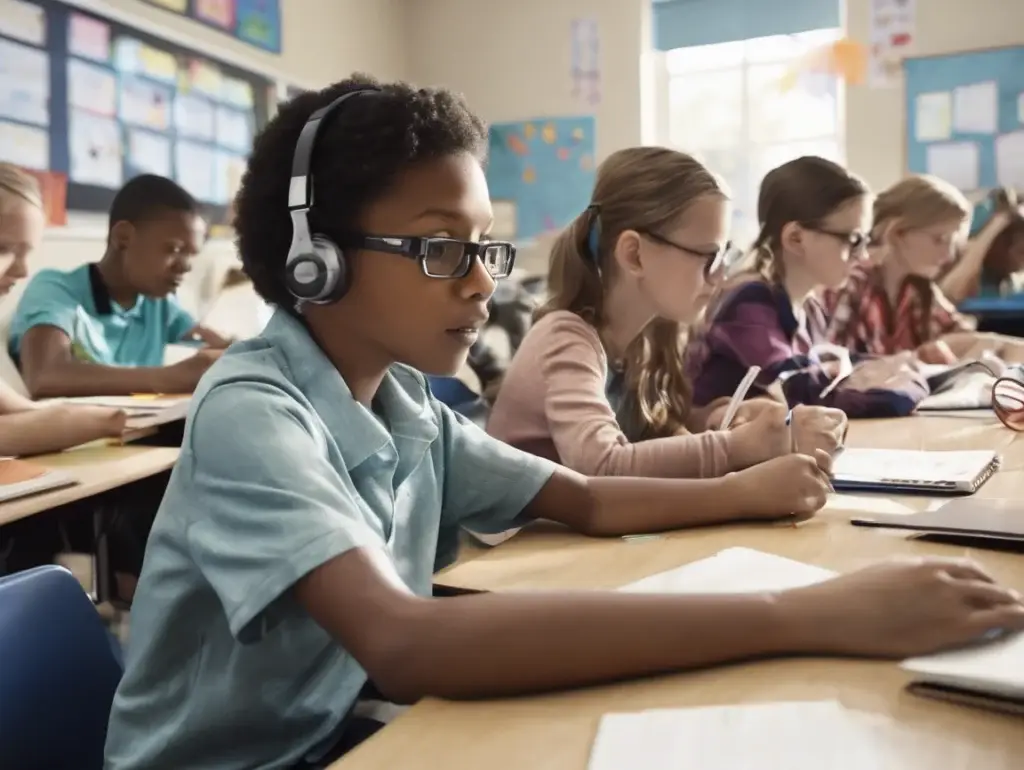Little do people know, poor monitoring of student progress is one of the main reasons why schools fail to identify learning gaps early. Many schools strive to support each student, but they often fall short, in part because their tracking mechanisms are outdated or insufficiently comprehensive. If your school is using outdated school management software or struggles to meet the diverse needs of its students, this guide is intended for you. Here, we will dismantle five common errors schools make when monitoring student progress — and how you can address them using contemporary tools, such as a tiered tracker that can adapt to every student’s unique journey. Using the proper tools, your school can transform its approach to monitoring student progress with group view, resulting in more effective interventions and improved outcomes for all students.
Operating With Date Software That Cannot Keep Up
The next time a teacher feels like they are on the cutting edge, they should remember that one of the most common failures made by schools is their addiction to legacy systems that were not designed for the kind of learning that is happening today. Many rely on outdated school-management software that was created decades ago and is primarily oriented toward administrative tasks, rather than providing teachers with direct insight into student development in real-time. What is the problem? Older systems often fail to aggregate newer data points, such as social-emotional health or school-based behavioral supports, with academic data. Educators spend precious hours assembling fragmented data from various sources, leading to inconsistent and lost opportunities for intervention. A Solution: No Need to Monitor Small Things. How to fix it: Invest in a modern system to track student progress that pulls all critical information — attendance, assessments, behavior, teacher notes — into one straightforward dashboard. This allows teachers and administrators to know precisely where every student is, what is working, and what needs additional reinforcement.
Monitoring All Students Similarly
Like, jeez, not everyone learns the same way — and yet, many schools use a one-size-fits-all approach to tracking outcomes. That means that while good students can be missed, weak students can get lost without customized support. What is missing? A tiered tracker that tracks and adjusts support based on different students’ needs. Many schools with a legacy system do not have this crucial layer of granularity to work with. How to solve it: Incorporate a tiered tracker into your student progress tracking in your software. RANK & REWARD Tracking systems can enable teachers to track students by level of risk or need, such as with Tiers 1 (for all students), 2 (for those who require extra help), and 3 (for those receiving targeted interventions). This is a fundamental component of successful Multi-Tiered Systems of Support (MTSS) or Response to Intervention (RTI) models.
See How Pulse Helps Teachers Pay Attention to Student Progress
Focusing Only on Academic Data
Another all-too-common mistake: concentrating exclusively on grades and test scores. Academics are important, but they are not the whole picture. A student could be a math whiz, for example, yet be emotionally struggling in ways that will impact their long-term success. What is the impact? Schools that rely solely on academics, however, overlook early warning signs stemming from behavioral, attendance, or general well-being issues. For teachers to best support the whole child, they need to adopt a holistic approach. How to fix it: Adopt a student progress tracking system that is not only focused on academics. Find a tool that integrates social-emotional reflections, behavior logs, family engagement notes, and teacher observations in one place. The right tool helps spot patterns and act before what may be just some minor problems evolve into significant issues.
Failing to Make Data Accessible and Usable
Ingesting data is one thing — digesting it is another. While nearly every school is sitting on enormous stores of data, they struggle to transform it into clear, actionable insights. Teachers and school leaders become overwhelmed by spreadsheets and reports, as well as disconnected charts. What is the impact? It is often challenging for educators to identify trends or red flags, causing them to miss opportunities to intervene. Moreover, reporting is often time-consuming, consuming our scarce planning and teaching time. How to fix it: Buy progress tracking software that turns complicated data into digestible, visual dashboards with student data. Opt for a platform that provides you with automatically generated reports, highlighting trends and next steps. When everyone cannot, what is not, the what is n’tt), the guessing and more time he spends helping the student succeed.
Families not Participating in the Process.
Moreover, finally, one of the most overlooked mistakes is not keeping parents and guardians informed. Family is an important part of the network of support needed to help students succeed, and they need to know how their child is doing. If they see only grades on a report card, there is no way for them to help reinforce learning at home. What is the problem? Old-fashioned school management software seldom contains simple, real-time ways to share student progress that matters with families. How to fix it: Find a progress monitoring resource that allows schools to communicate updates with families in a transparent, digestible manner. Moreover, thanks to automated progress reports, simple dashboards, and clear next steps, families know exactly where their student is thriving — and where they can jump in and help. When families are involved, students tend to do better, and your school community becomes more caring and supportive.
Bringing It All Together
Tracking student progress should not be about juggling dozens of spreadsheets or lagging when it comes to interventions. However, the sad reality is that many schools make it more difficult than necessary, often continuing to rely on outdated school management software, employing inflexible tracking models, or overlooking key data points. The impact of these errors can be profound, resulting in unaddressed learning gaps, ineffective interventions, and ultimately, student failure. Moreover, in that context, a modern, comprehensive student progress tracking solution that includes a tiered tracker helps you: Unify academic, behavior, and well-being data in one location. Support levels that can be customized to individual students Save teacher time with automated reports and insights. By giving accurate and meaningful information, families will trust you more. Fixing these five mistakes will empower your teachers, engage your families, and — most importantly — give every student their best shot at success.
What to Do About It: Improve How You Monitor Student Progress
This is a good time for your school to revisit outdated systems if you are still relying on them. The right metacognitive software does more than display grades — it is your partner in helping every learner realize their potential. Are you willing to see how the new tools can assist?



